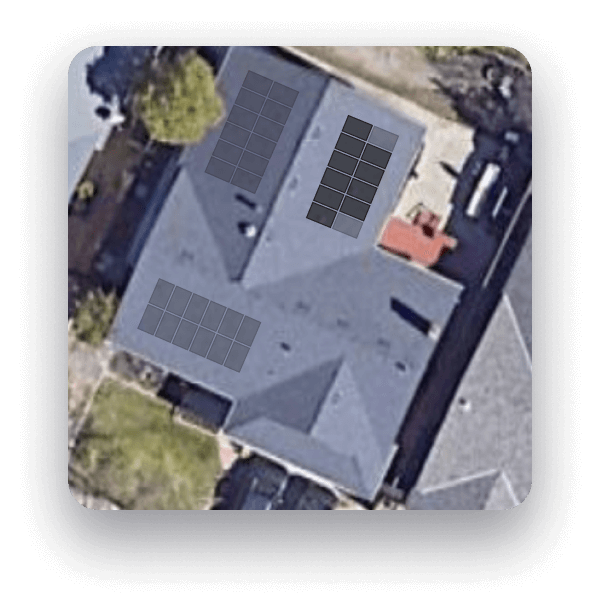These programs are in place to further incentivize homeowners to switch to solar energy.
There are many reasons more and more U.S. homeowners are making the switch to solar. Aside from reducing their carbon footprint with a clean energy alternative, solar systems lower the cost of electricity and increase property value. In addition to the federal solar tax credit, programs such as net metering, solar buyback, and solar renewable energy credits further incentivize people to invest in solar for their homes.
In this guide, you’ll discover how each system is structured and how to leverage these programs to reduce your energy costs and gain energy independence.

Net Metering
In addition to federal and state-specific tax credits that promote solar adoption, net metering gives homeowners the opportunity to sell electricity back to their area’s utility company.
Try to think of net metering simply as a type of billing tool in which homeowners can sell excess energy produced from their solar systems and receive credits in return. Every time you export excess energy, you earn credits that you can use at a later date. In most cases, you will use these credits to power your home on cloudy days or during the night.
In short, net metering gives homeowners the ability to sell excess energy and recoup that energy at a later date. Net metering, along with other compensation programs, help homeowners save money, achieve energy independence, and reduce their carbon footprint.

Solar Buyback
While net metering gives homeowners full credits for each kilowatt-hour exported to the local grid, solar buyback programs operate a bit differently. These programs use different kWh prices for energy consumption and the tariff is typically higher.
As explained here, buybacks are a way for the utilities to compensate the solar customer’s overproduction using multiple buyback options. It really depends on what setup your local utility company operates. These plans work by tracking a homeowner’s energy usage; once solar panels produce electricity, it goes to the electrical meter. Anything leftover goes directly back to the local grid and you earn buyback credits.
Similar to net metering programs), utility companies pay different amounts for their buyback program. Some companies offer a 1-to-1 buyback rate, which is the most motivating for homeowners, while others offer a less than market value. This was the case when NEM 3.0 rolled out, as the value was less than the previous iterations.

SRECs
Some states offer solar renewable energy credits, which let you earn a return on your solar panels. Utility companies may buy these certificates to meet their state’s Renewable Portfolio Standard, a requirement that a minimum amount of their renewable energy comes from solar.
The best way to understand how Solar Renewable Energy Credits (SRECs) work is to think of them as vouchers. In the case of solar, these are vouchers that prove that the electricity produced from a homeowner’s solar system is renewable. Homeowners with solar earn one SREC for every 1,000 kWh of electricity their systems produce.
The prices of SRECs vary. Generally, solar renewable energy credits are bought for anywhere from $50 to $300.

In Conclusion
All three programs–solar buyback, net metering, and solar renewable energy credits (SRECs) encourage solar energy adoption among homeowners. Each state operates differently, which means that some states might opt for net metering while others choose SRECs or solar buyback. Even for states that might not participate in any program, choosing to switch to solar is a smart financial investment and ultimately pays for itself over time.
























